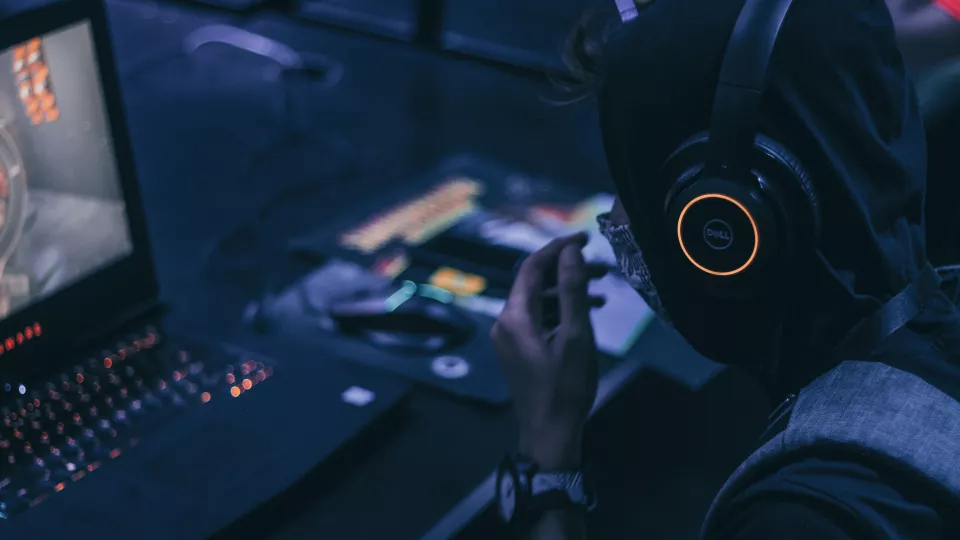Since the 2016 US Presidential election, many democratic governments have paid close attention to how foreign actors are using digital communication to further their agendas, in particular social media. Yet gaming platforms have been largely ignored. Now, a new study from Lund University, funded by the Swedish Psychological Defence Agency, has identified up to 40 vulnerabilities within the gaming sphere.
“It surprised us that the gaming sector, a global industry with billions of users, has been largely overlooked by most Western nations. Currently, it offers an immersive and easily accessible arena for persuasion and propaganda for hostile states, organized criminals, and extremist groups”, says Jesper Falkheimer, one of the co-authors and Professor of Strategic Communication at Lund University.
According to the researchers, there are several examples of video games being used as recruitment tools by terrorist groups from the beginning of the 2000s, with Hezbollah, Hamas, and Da’esh using video games to influence different target groups. One early notable example is from 2003 when the Hezbollah Central Internet Bureau released the video game Special Force.
Video games have also been used for war propaganda, for example, in the current war in Ukraine, where Russia has spread propaganda through Roblox, Minecraft and other games.
One example is the Ukrainian MiG-29 pilot known as the Ghost of Kyiv, who gained significant fame on social media for taking down invading planes during the beginning of the Russian invasion of Ukraine. However, the pilot was fictional, and the footage used in some online videos was taken from the 2013 video game Digital Combat Simulator. Similarly, according to fact checks, a video claiming to depict the Israel-Hamas conflict was footage taken from the game ARMA 3.
“Compared with social media, the gaming domain has insufficient policies and mechanisms to cope with information influence campaigns. Nor are there sufficient avenues for researchers, journalists, and the industry itself to better understand the degree to which gaming platforms are currently being exploited. In other words, not only do we not know how serious the situation is, we also lack the means to find out”, says Jesper Falkheimer.
What should be done to secure an industry that provides entertainment and communication for billions of users worldwide?
The researchers say that lessons can be learned from social media platforms, as they have already been under scrutiny for the same issues. For example, voluntary agreements such as the EU Code of Practice on Disinformation reveal successes and missteps that would not need to be repeated. Any countermeasures should be designed as partnerships between the industry, players, and governments in a spirit of dialogue aiming to avoid major threats to democratic societies, they argue.
“Freedom of speech and expression must always come first, much in the same way that the debate surrounding social media was framed primarily by this right. Raising awareness is the first step towards an open discussion on how to move forward with this pressing issue, especially given the current state of the world”, concludes Jesper Falkheimer.
The six main tactics identified in the study
Reframing reality, which includes disputing history, changing facts or disinformation about real-life situations, adopting gaming tropes in real-life situations, dehumanizing through gamification of real-life situations
Projecting authority, which includes techniques such as censoring and encouraging self-censorship in line with authoritarian norms and values, harvesting data and conducting espionage.
Hacking systems and phishing refer to when threat actors use cyber capabilities to gain access to systems belonging to gamers, organizations, as well as the gaming industry.
Interactive propaganda, which means spreading both traditional and interactive propaganda through games, establishing relationships with players by forming in-game communities and radicalizing & mobilizing players.
Social propaganda, including shaping shared cultures with gaming as a common thread, and the use of social functions to introduce propaganda and increase polarization & intolerance
Psychographic targeting, used by threat actors who use harvested data to better know, audit and understand individuals, groups, opinions and market segments. Harvested data can be used to many ends.



